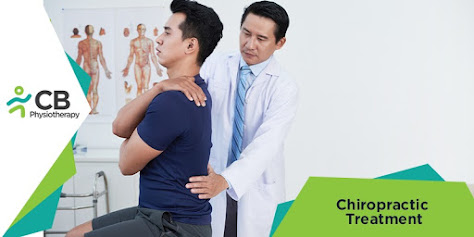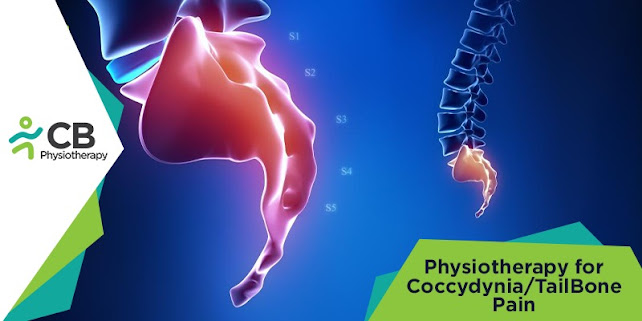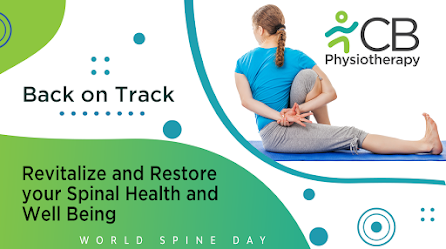When to see a Chiropractor? Look for these 7 signs and symptoms.
Pain is our body’s way of seeking attention and telling us that everything is not fine. Types of pain differ, so should the kind of attention given. Home-made solutions can be sufficient in many cases, but sometimes delaying professional attention can lead to worsening of your condition. While most people find it suitable to consult a chiropractor/physiotherapist if neck/back pain is becoming unmanageable.
There are two things wrong with this:
- Don’t wait for the pain to become unmanageable, a chiropractor can help prevent something from going wrong in the first place.
- Other than back/neck pain, Chiropractors are highly skilled to effectively manage and treat other types of pains through spinal adjustment and manipulation.
7 Signs to keep in mind on when to see a chiropractor.
- Headaches and Migraines: Chronic headaches and migraines are commonly caused by muscle tension in the neck. The tension in the muscles and inflammation of the joints can cause headaches that can be very painful. A chiropractor can manipulate your spine, which can reduce some of the spinal tension, which ultimately would reduce the tension in the head.
- Joint Pain or Muscle Pain: People experiencing pain in muscles and joints, should not opt for over the counter medicines as pain could be due to problems with musculoskeletal alignment. A chiropractor is trained to make sure that the body is functioning as optimally as possible by using spinal manipulations to relieve pain in your joints and muscles.
- Chronic Back Pain: Experiencing chronic back pain has been one of the most obvious signs that call for a chiropractic visit. The multiple factors that can contribute to back pain include poor ergonomics, repetitive tasks, working habits, and sitting for a long period of time. A chiropractic doctor can provide you with pain relief without the need for invasive surgery or narcotics.
- Limited Range of Motion: Experiencing a limited range of motion with your legs, arms, and neck with reduced flexibility indicates the need for consulting a chiropractor. Chiropractic adjustments realign the bones and joints, relieving pain and increasing the body’s range of motion. Having a normal range of motion helps the body to function optimally.
- Shooting Pain in Legs: Experiencing sharp, shooting pain in your legs, or tingling and weakness could be a sign that you are suffering from a pinched nerve or slipped disc. A trained chiropractor can diagnose the cause of the pain in your leg and perform a spinal adjustment to alleviate the unwanted pressure that is being placed on the nerve and causing you pain.
- Active lifestyle: People with an active lifestyle who spend time working out or playing sports, are often subjected to additional strain and pressure. Engaging in these activities can make the body prone to pinched nerves, slipped discs, or other alignment problems. Consulting a chiropractor on a regular basis helps to keep the body functioning at its prime and to continue the active lifestyle
- Recent Injury: One of the signs you need to see a chiropractor is that you have suffered a recent injury and are still having problems with pain. Many individuals experience a limited range of motion in the area of injury, along with stiffness, joint or soft tissue pain. If you are experiencing these symptoms as the result of an injury, it's time to see your nearest chiropractor.






